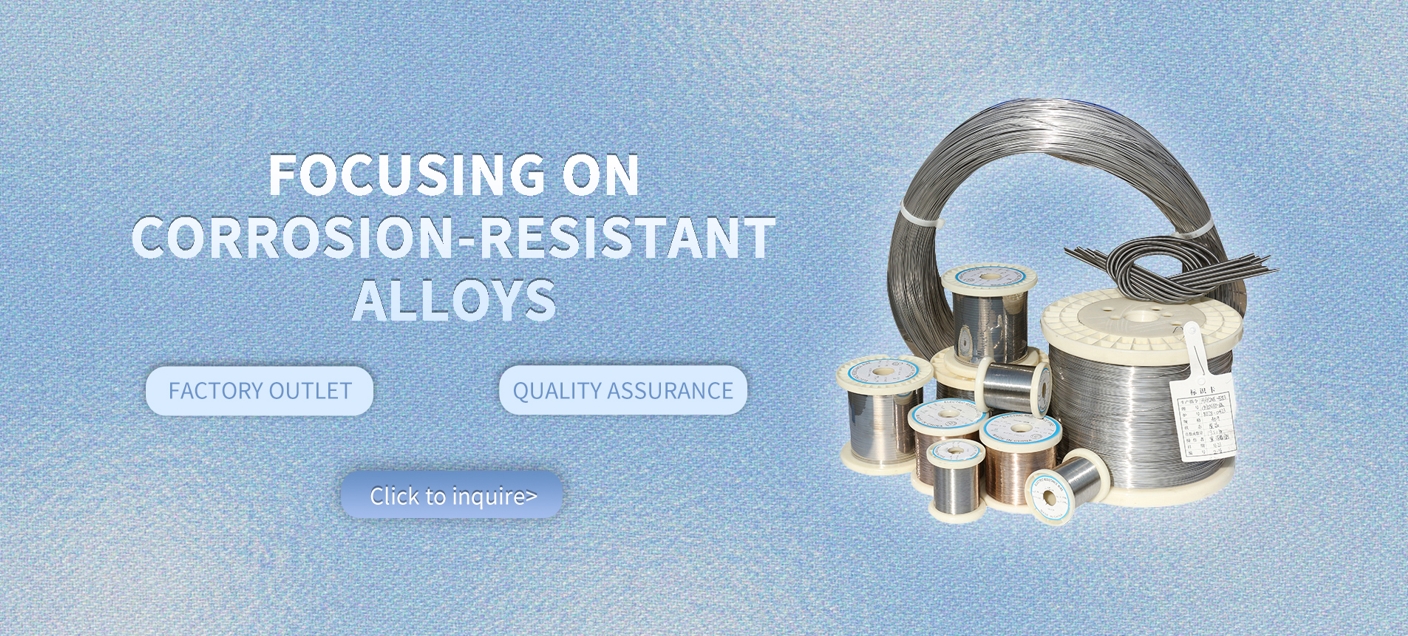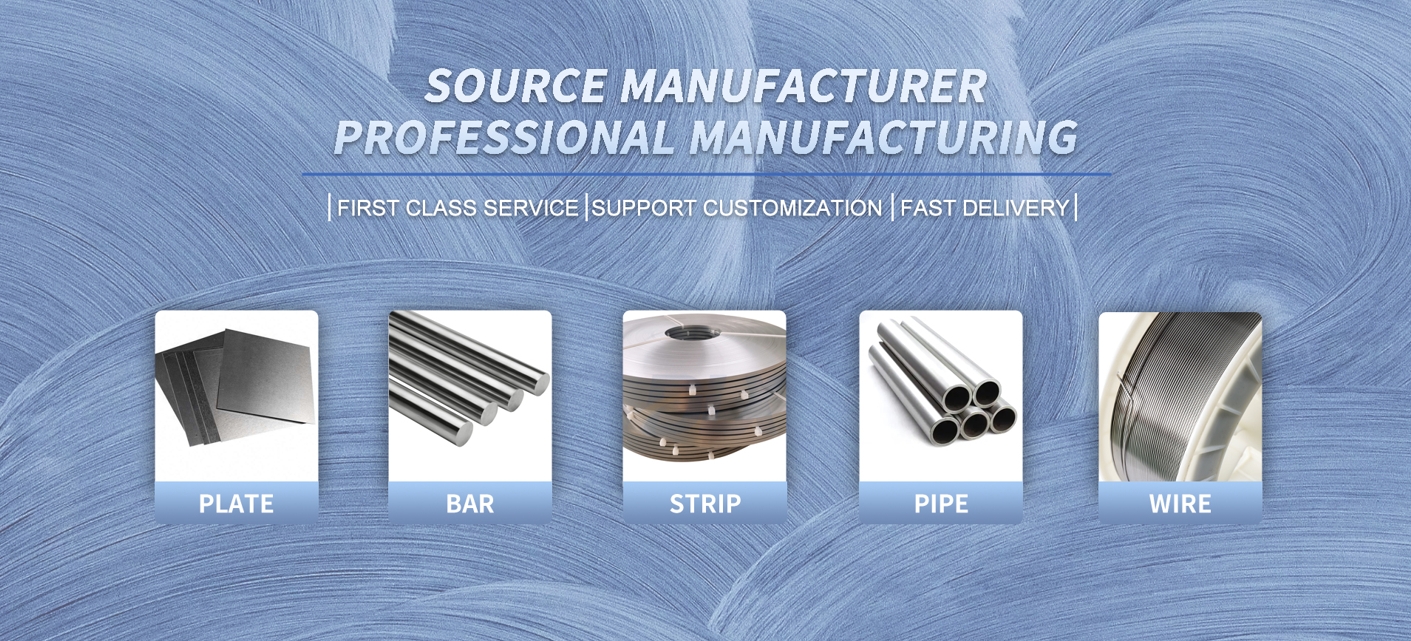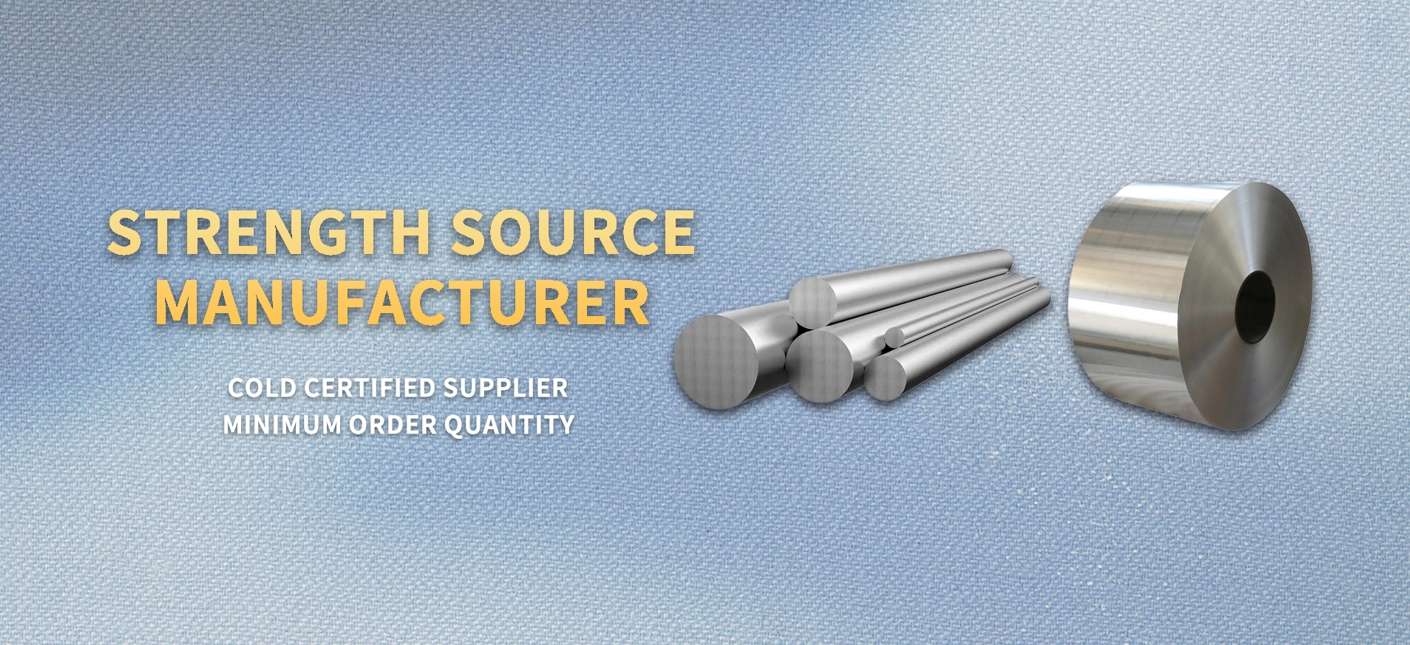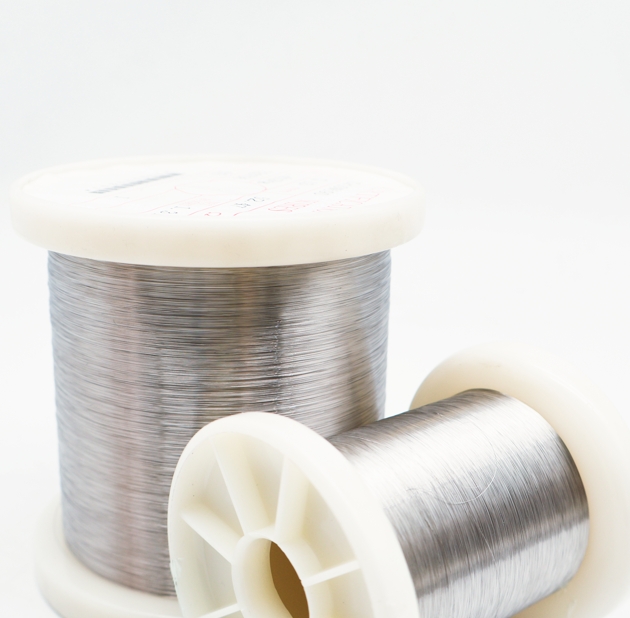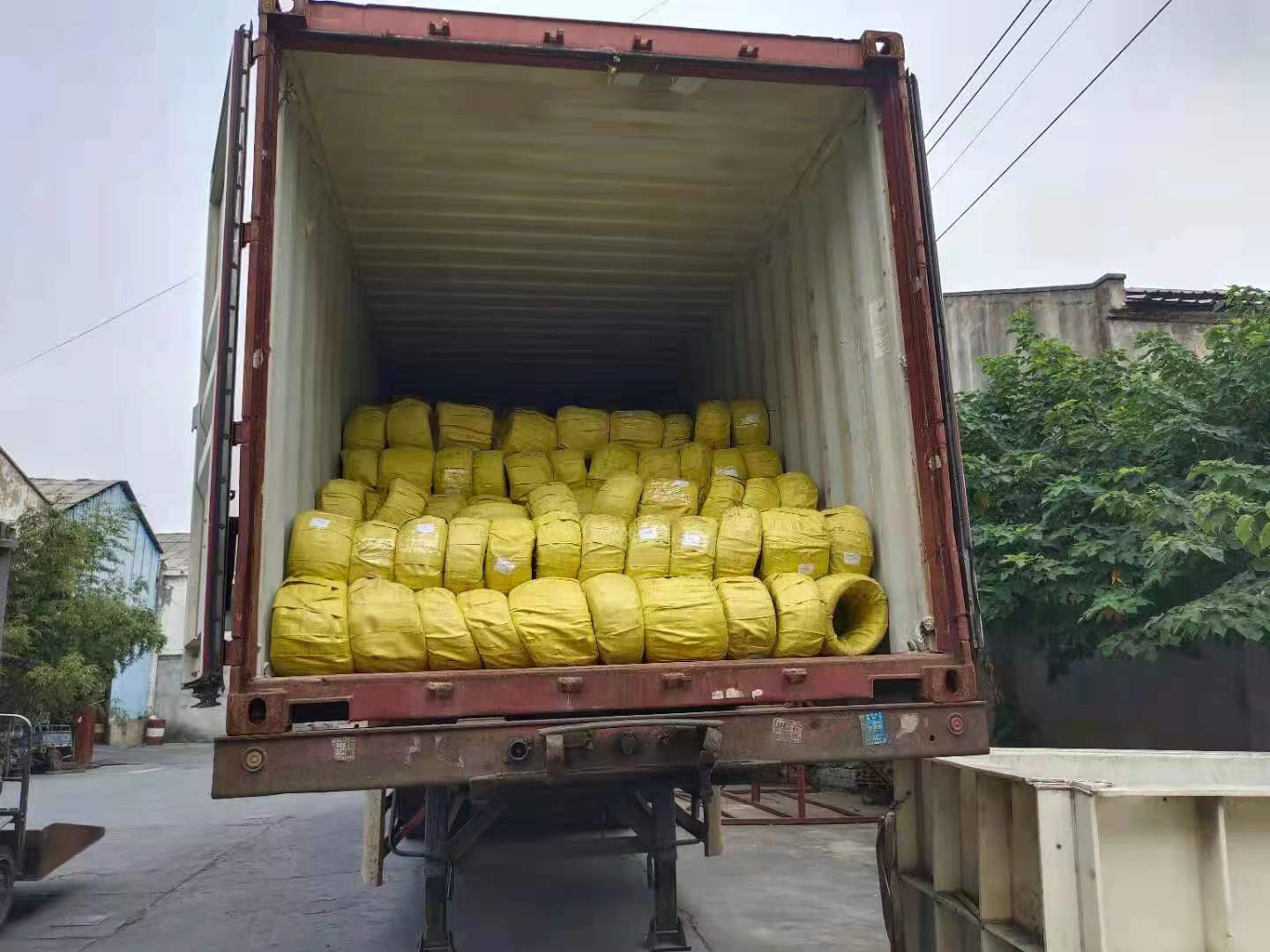High-Strength Incoloy 925 Wire for Offshore Oil, Gas, and Marine Environments

In the demanding world of offshore oil, gas, and marine environments, our High-Strength Incoloy 925 wire delivers the reliability and performance that keeps operations running smoothly. We've crafted this alloy to tackle the toughest challenges, from deep-sea pressures to corrosive saltwater, ensuring your equipment lasts longer and performs better. Let's break down what makes our Incoloy 925 wire a standout choice, look at the evolving industry landscape, explore its key applications, and highlight why partnering with us gives you a clear advantage in these high-stakes sectors.
Starting with the basics, our High-Strength Incoloy 925 wire is an age-hardenable nickel-iron-chromium alloy that's optimized for extreme conditions. The composition is key here: with nickel at 42-46%, it forms a strong base for corrosion resistance, while chromium (19.5-23.5%) creates a passive oxide film that shields against aggressive environments. Iron balances the mix at a minimum of 22%, keeping costs in check without compromising durability. We add molybdenum (2.5-3.5%) for pitting resistance, copper (1.5-3%) to fend off acids, and titanium (1.9-2.4%) plus aluminum (0.1-0.5%) for precipitation hardening, which boosts strength after heat treatment. This precise chemistry results in a wire that's not just tough but adaptable—available in various diameters for welding, springs, or fasteners. In offshore setups, this means fewer failures and more efficiency, as the wire maintains its integrity in sour gas or chloride-heavy waters.
For more details, pls directly contact us.
The offshore oil and gas industry is buzzing with change in 2025, driven by a mix of economic, technological, and environmental factors. Capital expenditures are up about 4-5% this year, fueling expansions in deepwater and ultra-deepwater drilling, where reserves are plentiful but conditions are brutal. We're seeing a surge in LNG projects, especially in Asia and Europe, with supply constraints keeping prices high and pushing for more offshore platforms. Sustainability is huge too—carbon capture, utilization, and storage (CCUS) is gaining traction to meet net-zero goals, requiring materials that handle high pressures and corrosives without breaking down. Digital transformation is another trend, with AI optimizing exploration and predictive maintenance reducing downtime. Marine sectors are evolving with renewable integrations, like offshore wind tied to oil rigs, demanding alloys that resist biofouling and fatigue. Overall, the high-performance alloys market is growing at 5-7% annually, spurred by stricter regulations and the need for longer asset life in harsh seas. Our Incoloy 925 wire fits right in, supporting these shifts with its blend of strength and corrosion protection.
Chemical Composition Requirement

Item | 800 | 800H | 800HT | 825 | 925 |
C | ≤0.1 | 0.05-0.1 | 0.06-0.1 | ≤0.05 | ≤0.03 |
Mn | ≤1.5 | ≤1.5 | ≤1.5 | ≤1 | ≤1 |
Fe | rest | rest | rest | rest | rest |
P | -- | -- | -- | ≤0.02 | ≤0.03 |
S | ≤0.015 | ≤0.015 | ≤0.015 | ≤0.03 | ≤0.03 |
Si | ≤1 | ≤1 | ≤1 | ≤0.5 | ≤0.5 |
Cu | ≤0.75 | ≤0.75 | ≤0.75 | 1.5-3 | 1.5-3 |
Ni | 30-35 | 30-35 | 30-35 | 38-46 | 42-46 |
Al | 0.15-0.6 | 0.15-0.6 | 0.15-0.6 | 0.2-1 | 0.15-0.5 |
Ti | 0.15-0.6 | 0.15-0.6 | 0.15-0.6 | 0.6-1.2 | 1.9-2.4 |
Cr | 19-23 | 19-23 | 19-23 | 19.5-23.5 | 19.5-23.5 |
Mo | -- | -- | -- | 2.5-3.5 | 2.5-3.5 |
Shape | Size (mm) |
Wire | 0.5-7.5 |
Rod/Bar | 8.0-200 |
Strip | (0.5-2.5)*(5-180) |
Tube/Pipe | Custom made |
Sheet/Plate | Custom made |
Product Form | Standard |
Rod, bar & Wire | ASTM B805 |
Plate, sheet & strip | ASTM B872 |
Seamless pipe and tube | ASTM B983 |
Forging | ASTM B637 |
For more details, pls directly contact us.
When it comes to applications, our High-Strength Incoloy 925 wire shines in offshore oil environments. Think downhole tools and tubulars in exploration wells—the wire's yield strength of up to 140 ksi handles immense pressures below 10,000 feet, resisting sulfide stress cracking from H2S in sour crude. It's perfect for packers and hangers that secure casings, ensuring no leaks in high-stakes extractions. In gas production, we use it for surface equipment like valves and tubing strings, where CO2 and chlorides could eat away lesser materials. Offshore platforms rely on it for flare stacks and wire ropes, maintaining stability amid waves and winds. Marine applications extend to subsea pipelines and risers, where seawater corrosion is relentless; our wire's crevice resistance prevents pitting, extending service life by years. Even in desalination plants on rigs, it handles brine without degrading. We've seen it in fasteners for underwater manifolds, where mechanical stress meets chemical attack, proving its versatility across the board.
Comparing our company to the broader market, we stand out by prioritizing innovation and customer-specific solutions. While many providers stick to off-the-shelf products, we customize our Incoloy 925 wire—adjusting heat treatments or coatings to match your exact offshore needs, like enhanced fatigue resistance for marine risers. Our quality control is rigorous; every batch undergoes simulated sour gas testing per NACE standards, ensuring it exceeds industry benchmarks for stress-corrosion cracking. This means you get wire with 20-30% longer lifespan in chloride environments, cutting maintenance costs significantly. We invest in R&D to stay ahead, developing variants for emerging trends like hydrogen blending in gas lines, where embrittlement is a risk—our alloy's composition minimizes that. Supply chain efficiency is another edge; with in-house production, we deliver faster, often in weeks, avoiding delays that plague generic suppliers. Plus, our technical experts offer on-site support, from alloy selection to installation, helping you integrate seamlessly into deepwater projects.
Comparison Parameters Table
| Parameter | Incoloy 825 | Incoloy 925 | Inconel 718 |
|---|---|---|---|
| Nickel Content (%) | 38-46 | 42-46 | 50-55 |
| Chromium Content (%) | 19.5-23.5 | 19.5-23.5 | 17-21 |
| Iron Content (%) | Balance (29.5-40.5) | 22 min | Balance (17-21) |
| Molybdenum Content (%) | 2.5-3.5 | 2.5-3.5 | 2.8-3.3 |
| Copper Content (%) | 1.5-3 | 1.5-3 | 0.3 max |
| Titanium Content (%) | 0.6-1.2 | 1.9-2.4 | 0.65-1.15 |
| Yield Strength (MPa/ksi) | 241/35 (annealed) | 758-965/110-140 (aged) | 827-1034/120-150 (aged) |
| Tensile Strength (MPa/ksi) | 586/85 (annealed) | 1172-1207/170-175 (aged) | 1172-1379/170-200 (aged) |
| Corrosion Resistance | Excellent in acids, chlorides | Superior in sour gas, SCC | Good in high-temp, oxidation |
| Max Service Temperature (°C/°F) | 540/1000 | 540/1000 | 700/1300 |
| Applications Focus | General chemical processing | Offshore oil/gas, marine | Aerospace, high-strength |
Diving deeper into the product, our High-Strength Incoloy 925 wire undergoes a two-step aging process: solution annealing at 980-1010°C followed by precipitation hardening at 720-760°C, unlocking its full potential. Mechanical properties impress: tensile strength hits 170-175 ksi, with elongation around 20% for ductility under load. It performs from cryogenic temps to 540°C, ideal for fluctuating offshore conditions. Density at 8.05 g/cm³ keeps it lightweight yet robust, and its weldability allows easy fabrication into complex components. In marine engineering, this translates to reliable performance in seawater pumps or heat exchangers, where biofouling and erosion are constant threats.
Industry analysis shows offshore oil and gas facing volatility from geopolitical shifts, but growth in deepwater—expected to rise 10-15% by 2030—drives demand for alloys like ours. Marine trends include hybrid platforms combining oil with wind energy, requiring materials versatile enough for both. Challenges like supply chain disruptions are mitigated by our domestic sourcing, ensuring steady availability. With M&A heating up, companies are consolidating to scale, but our focus on niche, high-strength solutions keeps us agile.
For more details, pls directly contact us.
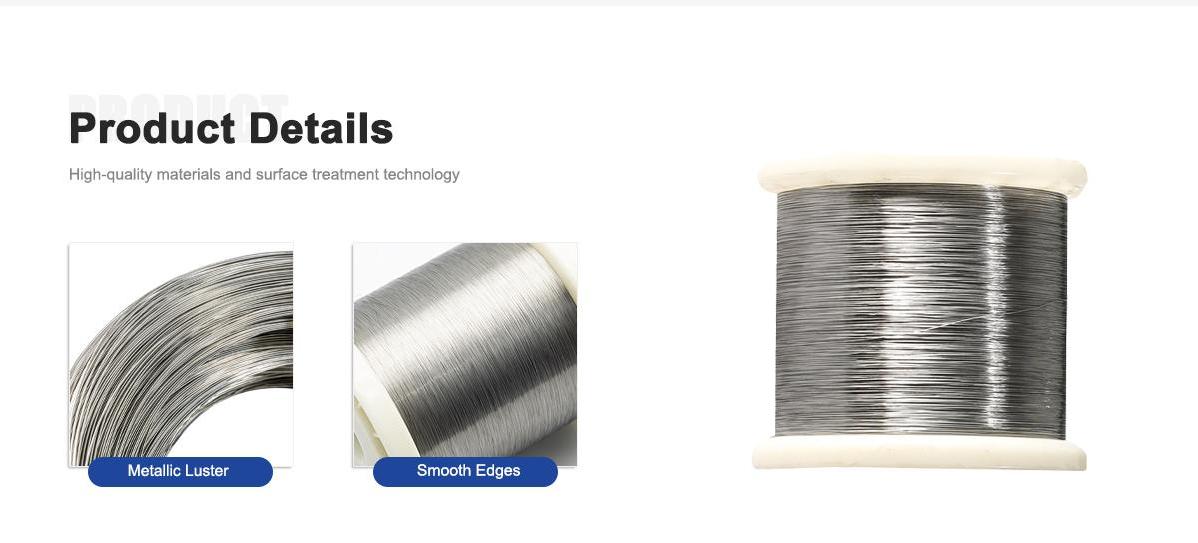
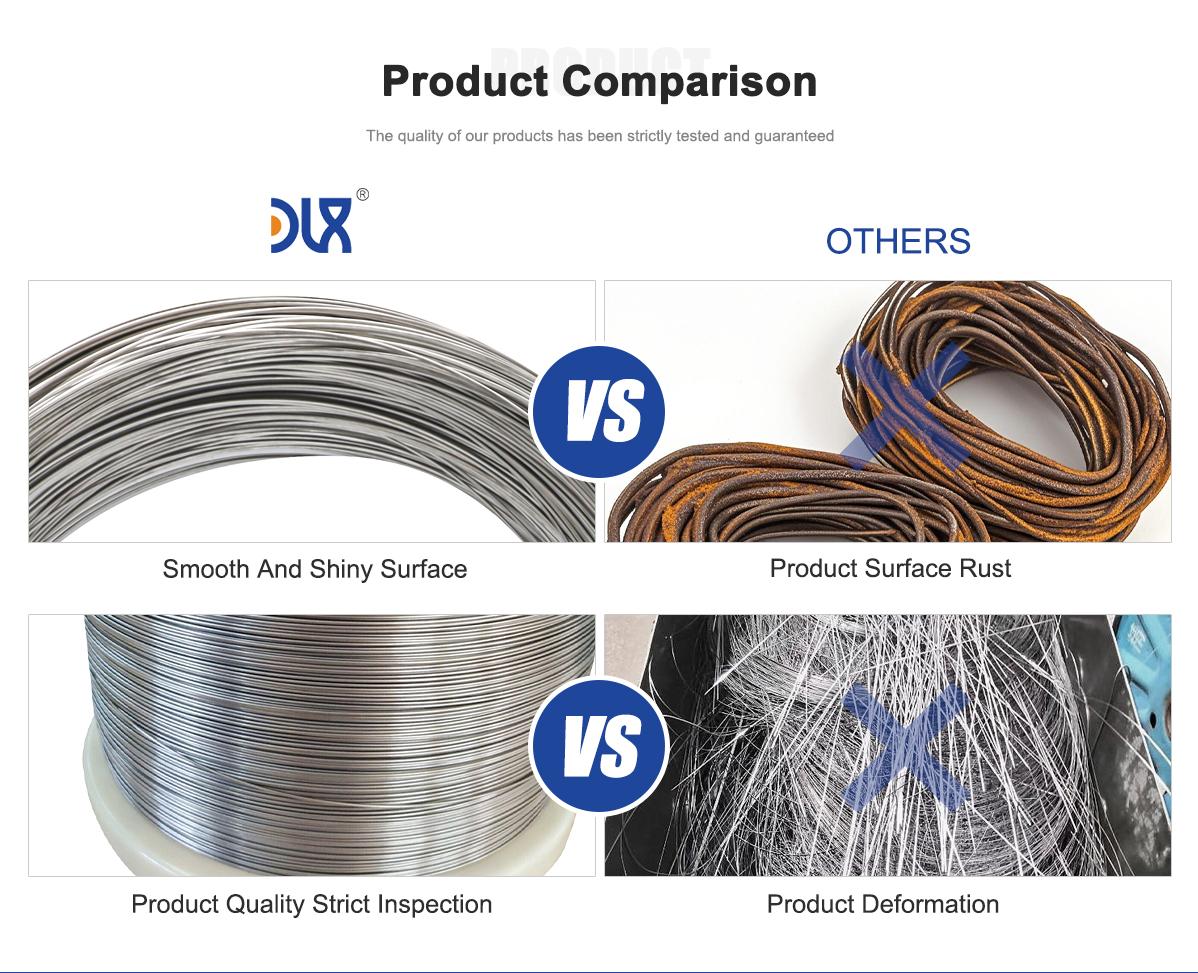
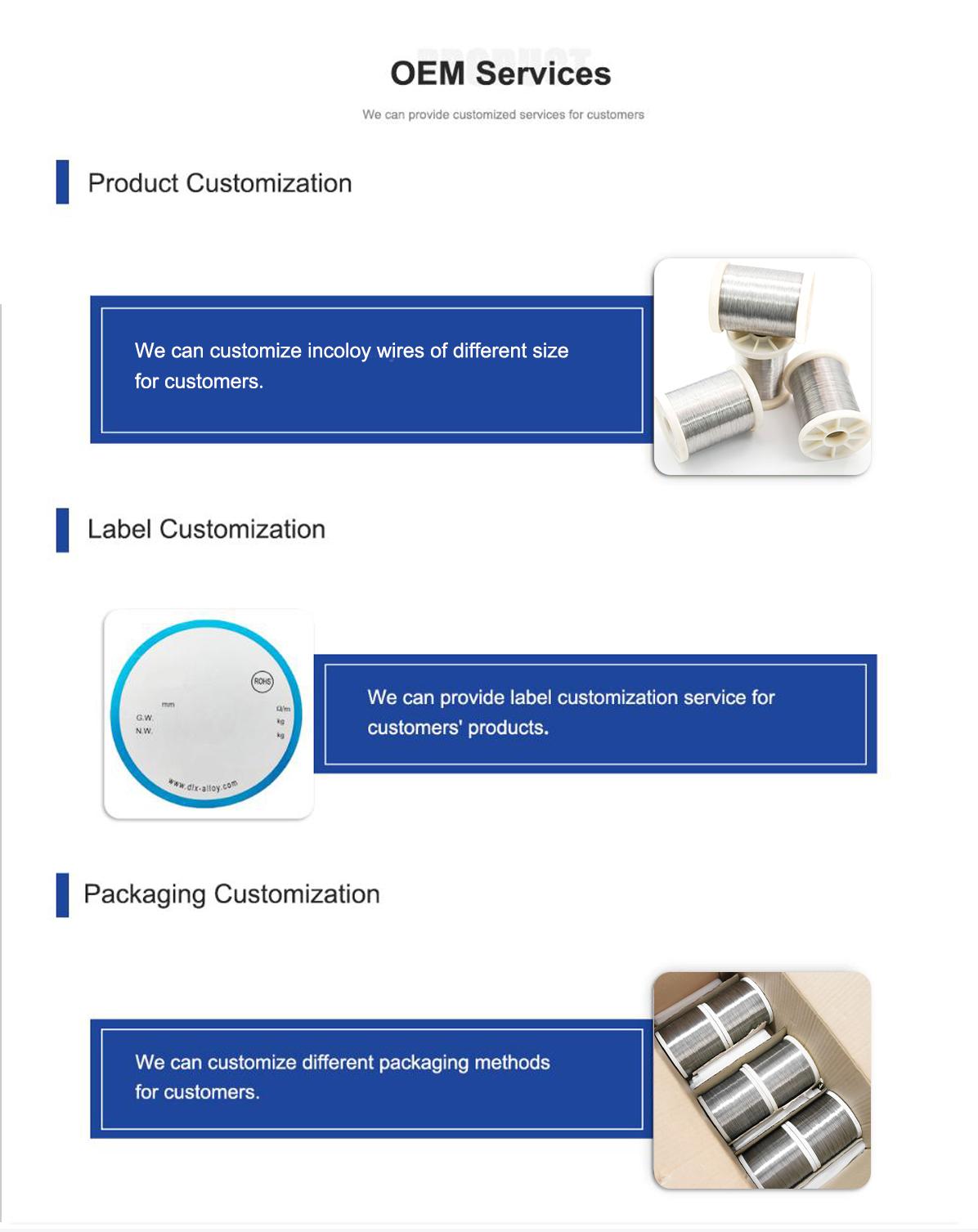
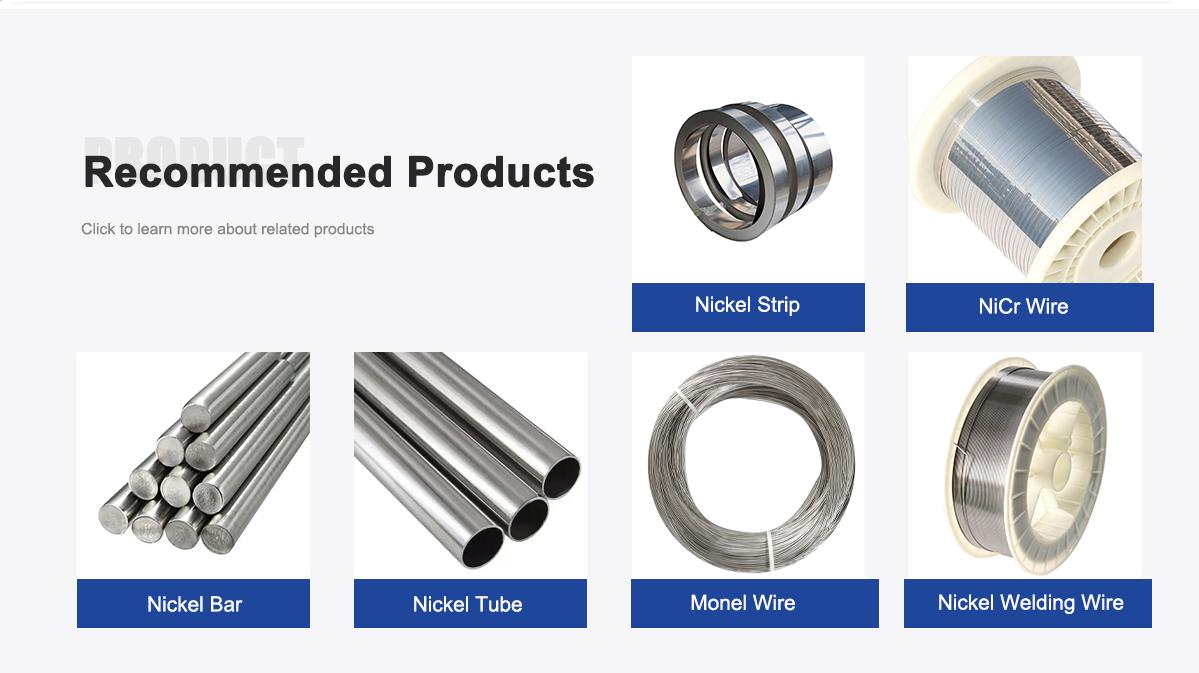
About Us:
Our 12,000㎡ factory is equipped with complete capabilities for research, production, testing, and packaging. We strictly adhere to ISO 9001 standards in our production processes, with an annual output of 1,200 tons. This ensures that we meet both quantity and quality demands. Furthermore, all products undergo rigorous simulated environment testing including high temperature, high pressure, and corrosion tests before being dispatched, ensuring they meet customer specifications.
For all our clients, we offer timely and multilingual after-sales support and technical consulting, helping you resolve any issues swiftly and efficiently.
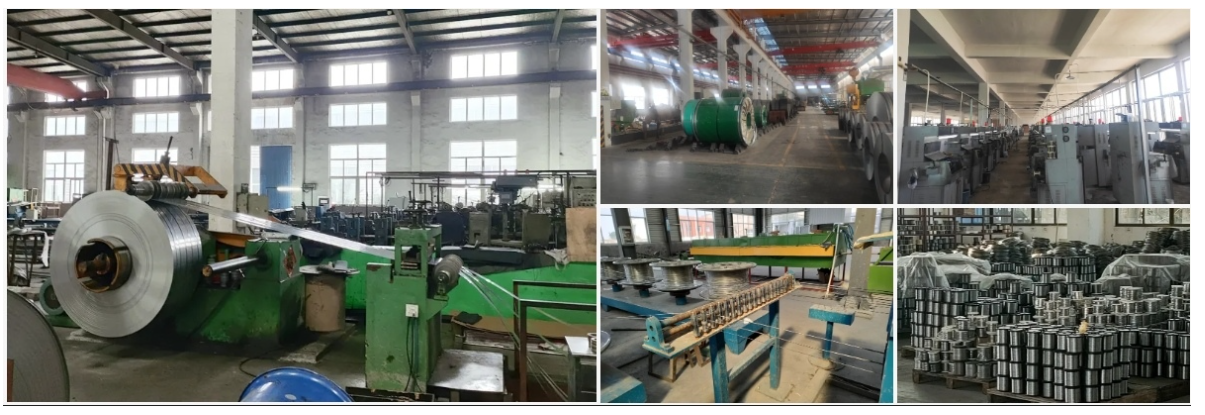
Client Visits
Building Stronger Partnerships
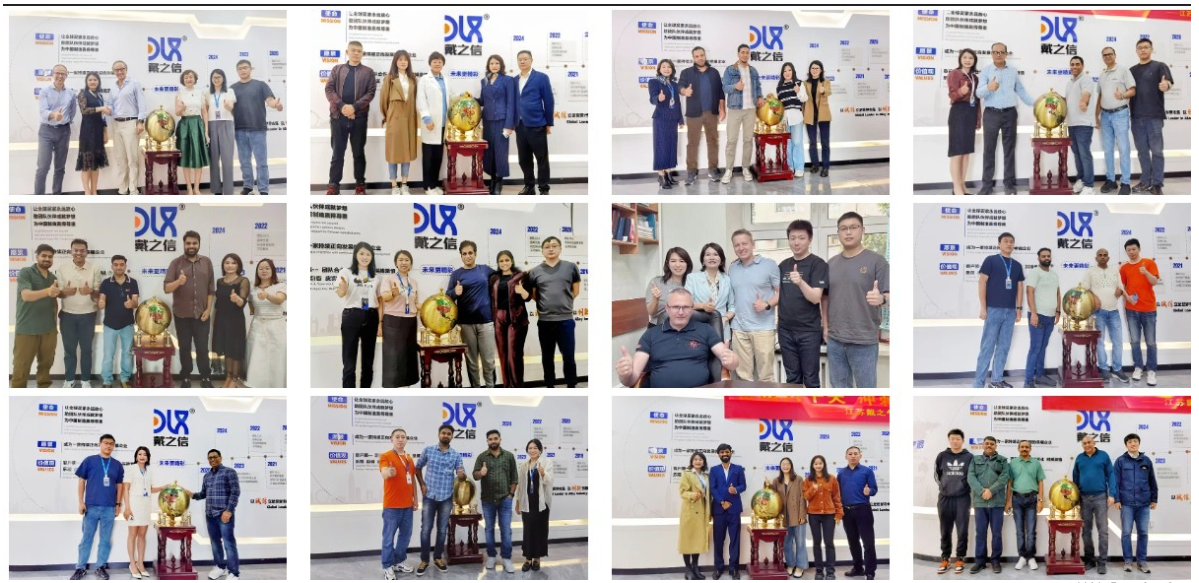
We support all kinds of testing:
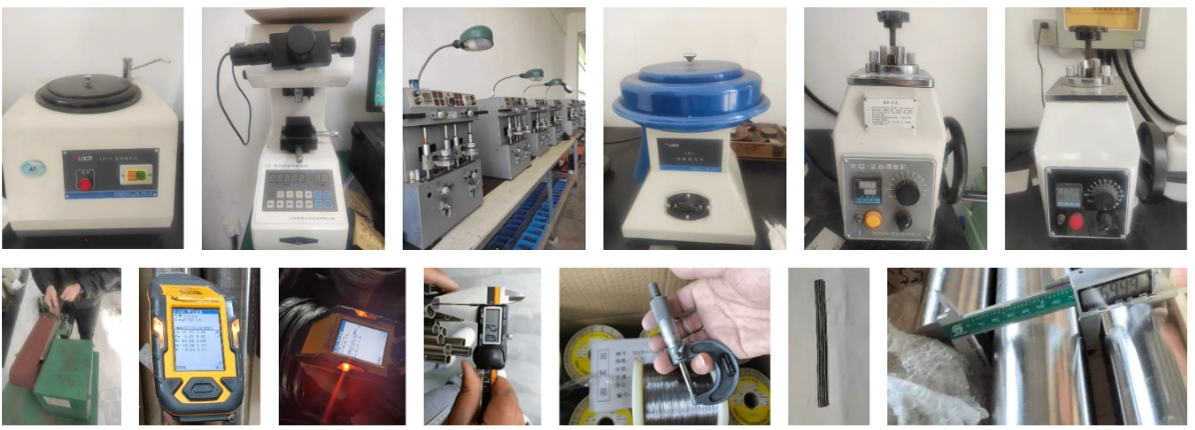
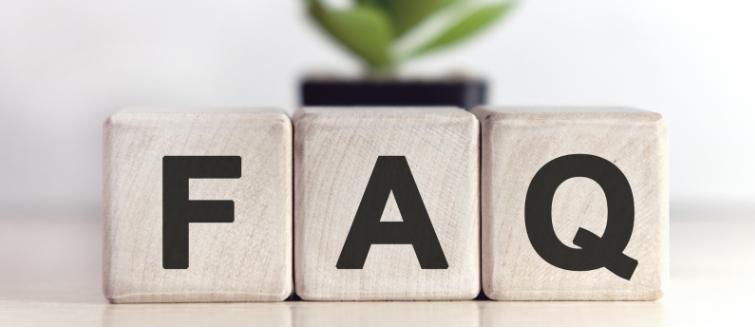
FAQs:
What is Incoloy 925 wire?
High-Strength Incoloy 925 wire is an age-hardenable nickel-iron-chromium alloy wire engineered for exceptional strength and corrosion resistance in demanding offshore oil, gas, and marine environments, providing reliable performance against pitting, crevice corrosion, and stress-corrosion cracking.
What are the key materials and composition of Incoloy 925 wire?
It features nickel (42-46%), chromium (19.5-23.5%), iron (22% minimum), molybdenum (2.5-3.5%), copper (1.5-3%), titanium (1.9-2.4%), aluminum (0.1-0.5%), with low carbon (0.03% max) to enhance age-hardening and corrosion properties.
What are the main applications of Incoloy 925 wire in offshore oil environments?
It's used in downhole tubulars, wellhead components, packers, hangers, and valves for oil extraction, where it withstands high pressures, sour gases, and chlorides in deepwater drilling.
How is Incoloy 925 wire applied in gas production systems?
In gas wells, it serves in surface equipment, fasteners, and tubing hangers, resisting sulfide stress cracking and corrosion from H2S and CO2 in sour gas fields, ensuring long-term integrity.
What marine applications benefit from Incoloy 925 wire?
In marine settings, it's ideal for subsea pipelines, risers, fasteners, and seawater desalination equipment, offering superior resistance to seawater corrosion and mechanical stress in harsh ocean conditions.
What industry trends are driving the use of Incoloy 925 wire?
Trends include rising deepwater and ultra-deepwater exploration, increased focus on sustainable operations like CCUS, digital transformation for efficiency, and growing demand for corrosion-resistant alloys amid expanding offshore LNG and renewable integrations.
How does Incoloy 925 wire resist corrosion in harsh environments?
It provides excellent protection against pitting, crevice corrosion, intergranular attack, and stress-corrosion cracking in chloride-rich, sour, and acidic media, thanks to its balanced alloying and protective oxide layer.
What are the mechanical properties of Incoloy 925 wire?
After age-hardening, it achieves yield strength of 758-965 MPa (110-140 ksi), tensile strength of 1172-1207 MPa (170-175 ksi), and elongation of 18-25%, maintaining high toughness in sub-zero to elevated temperatures.
